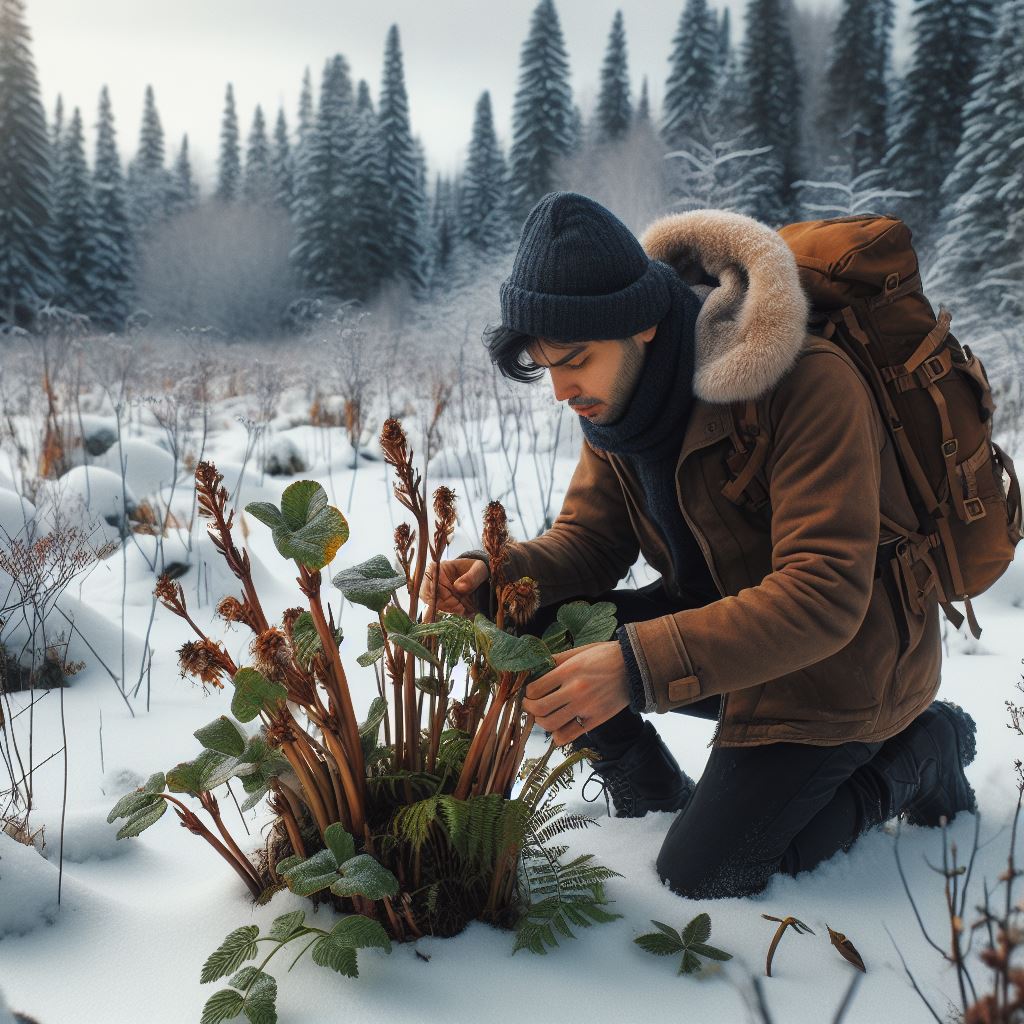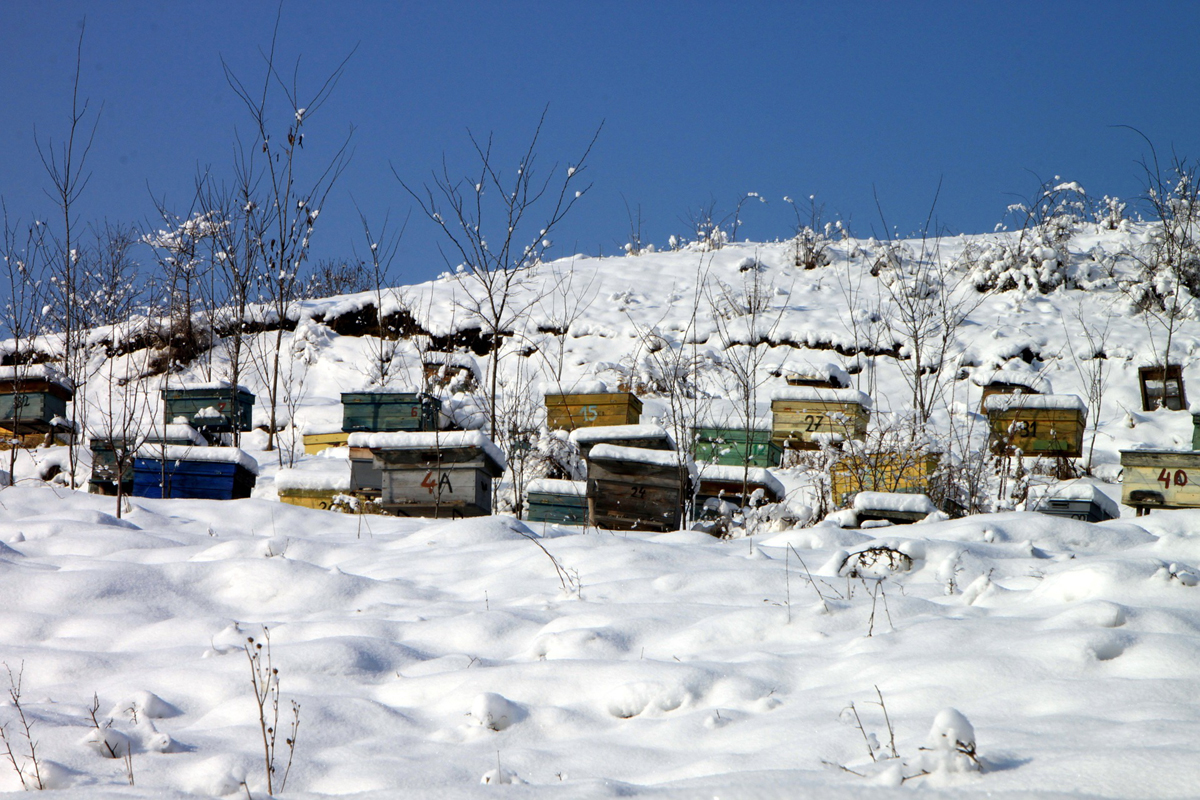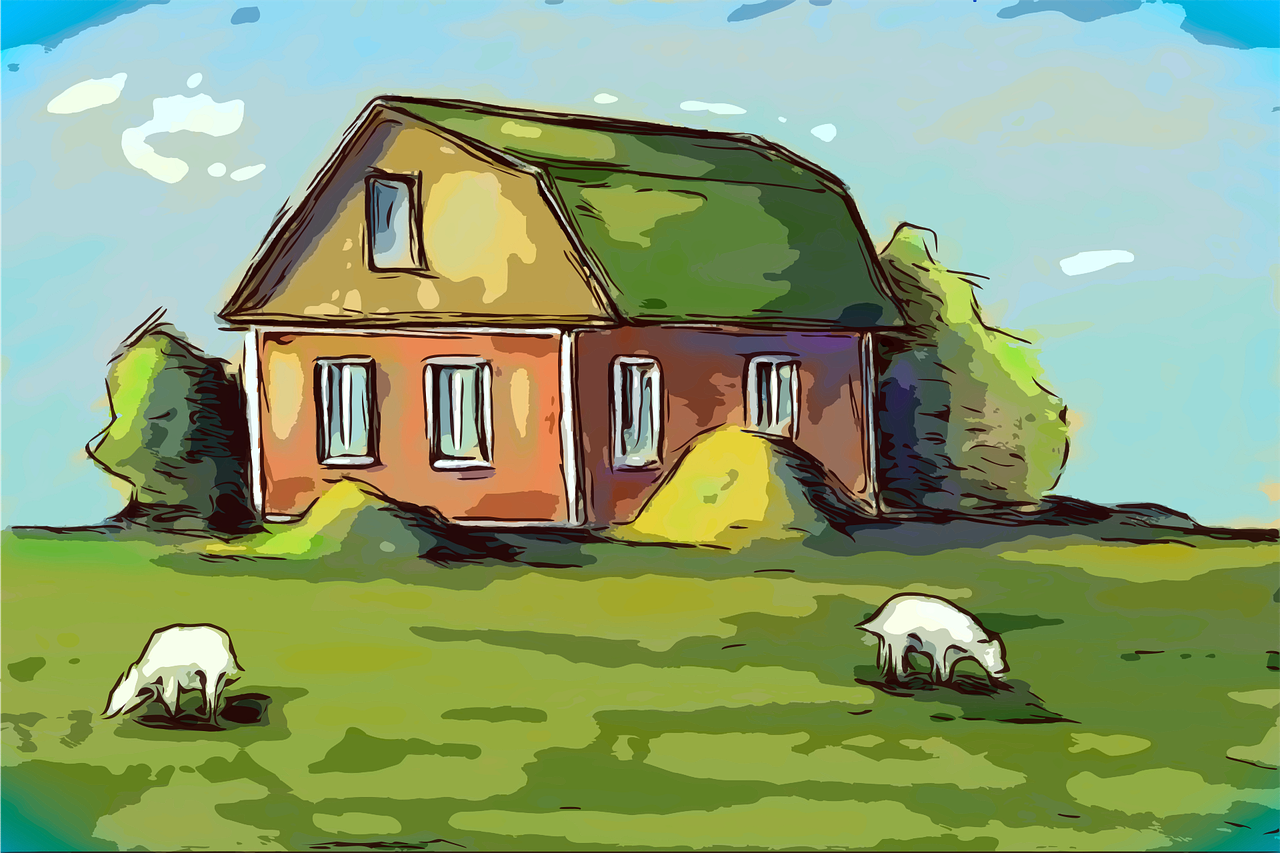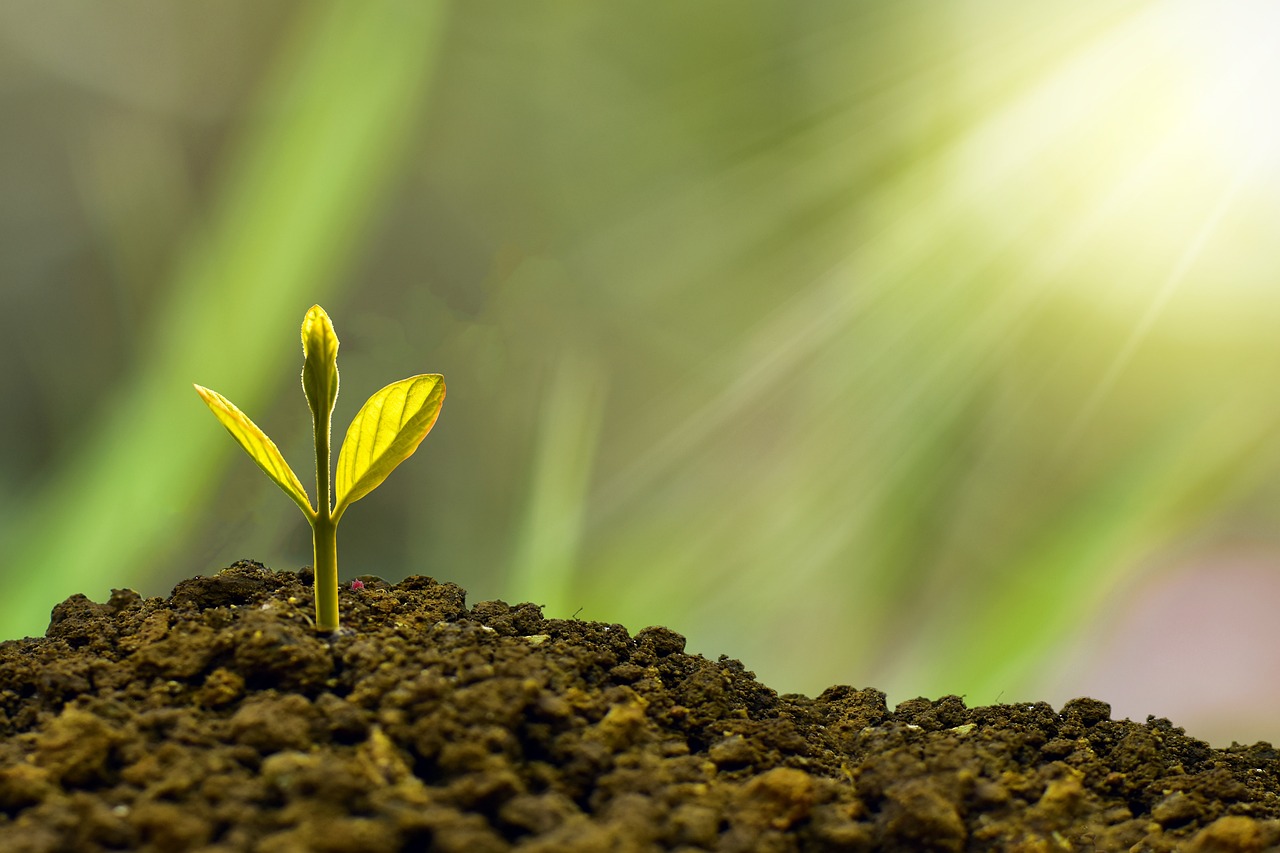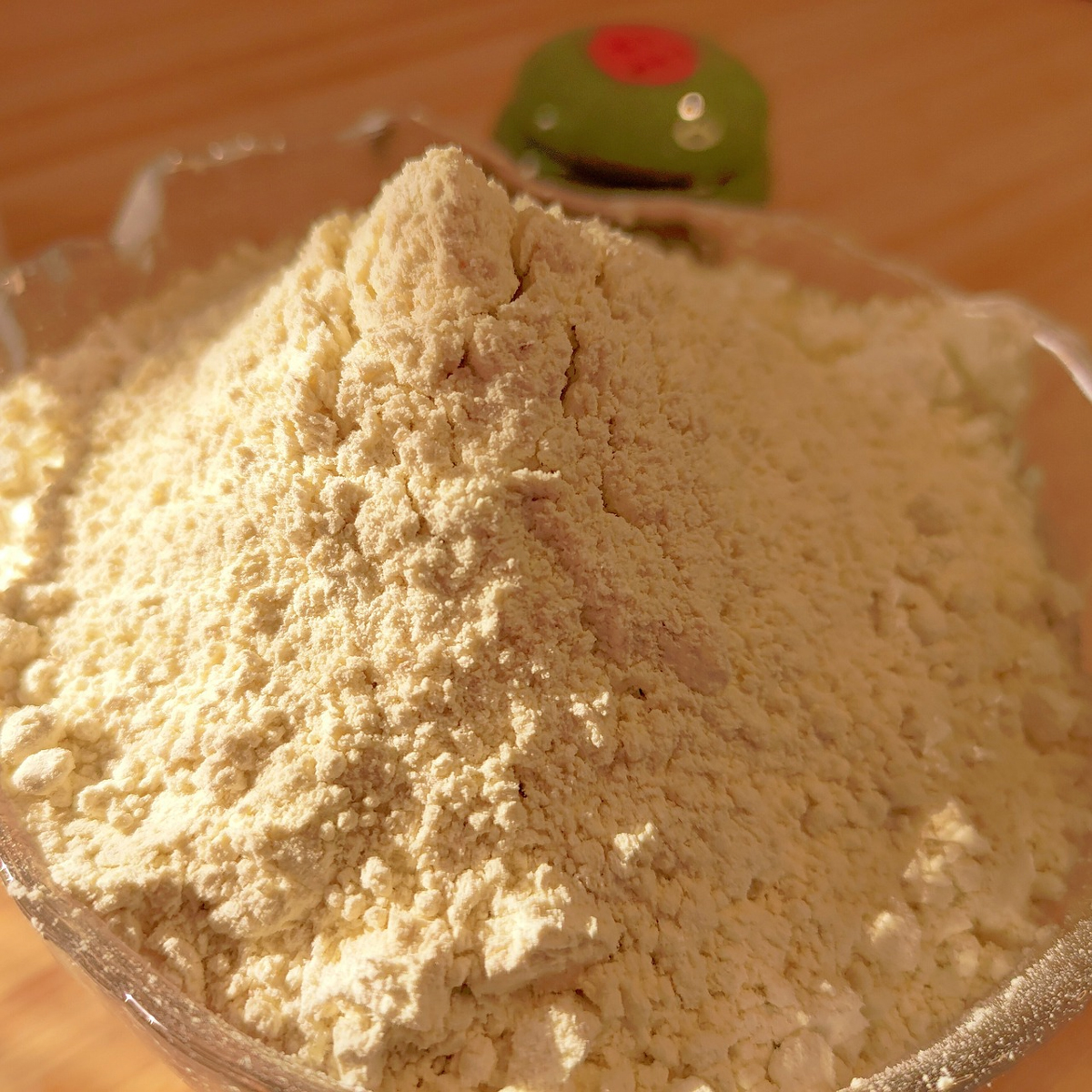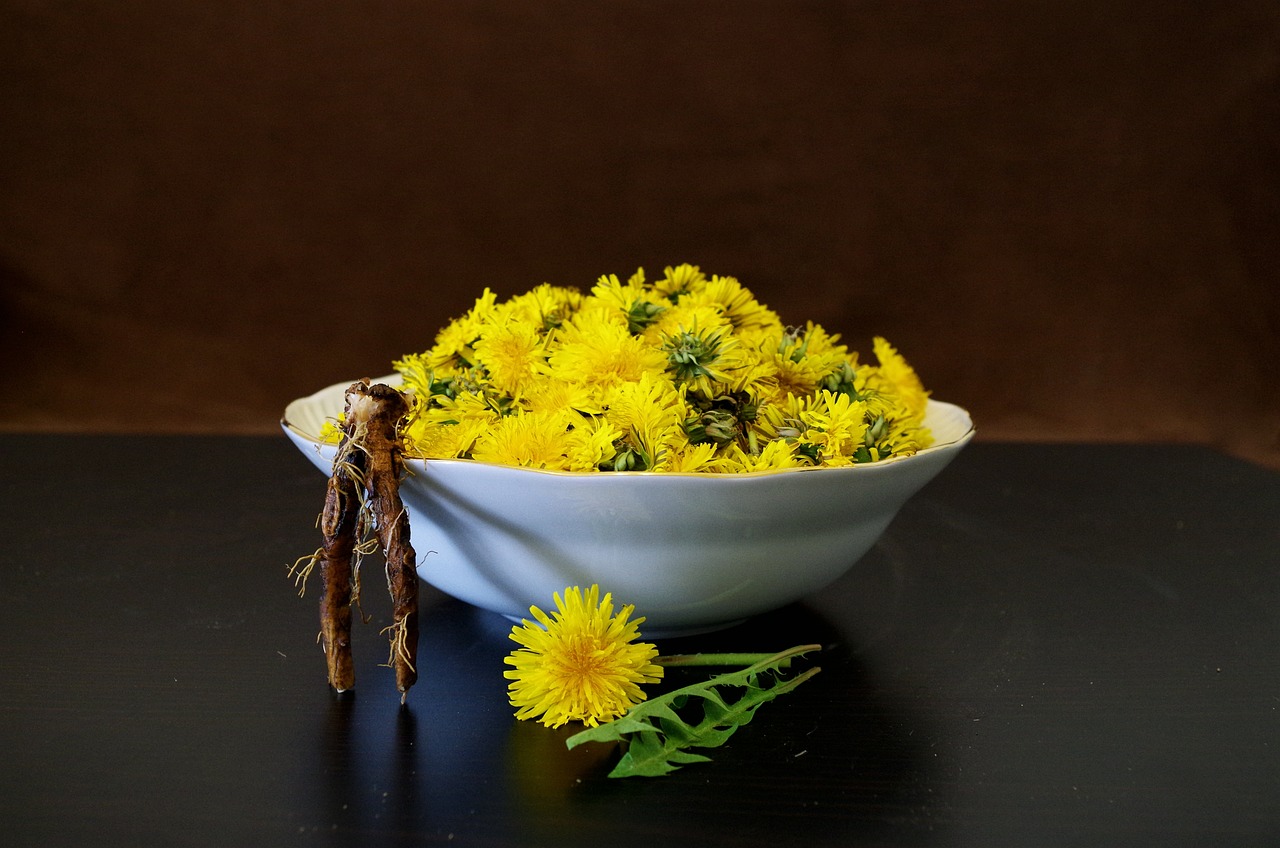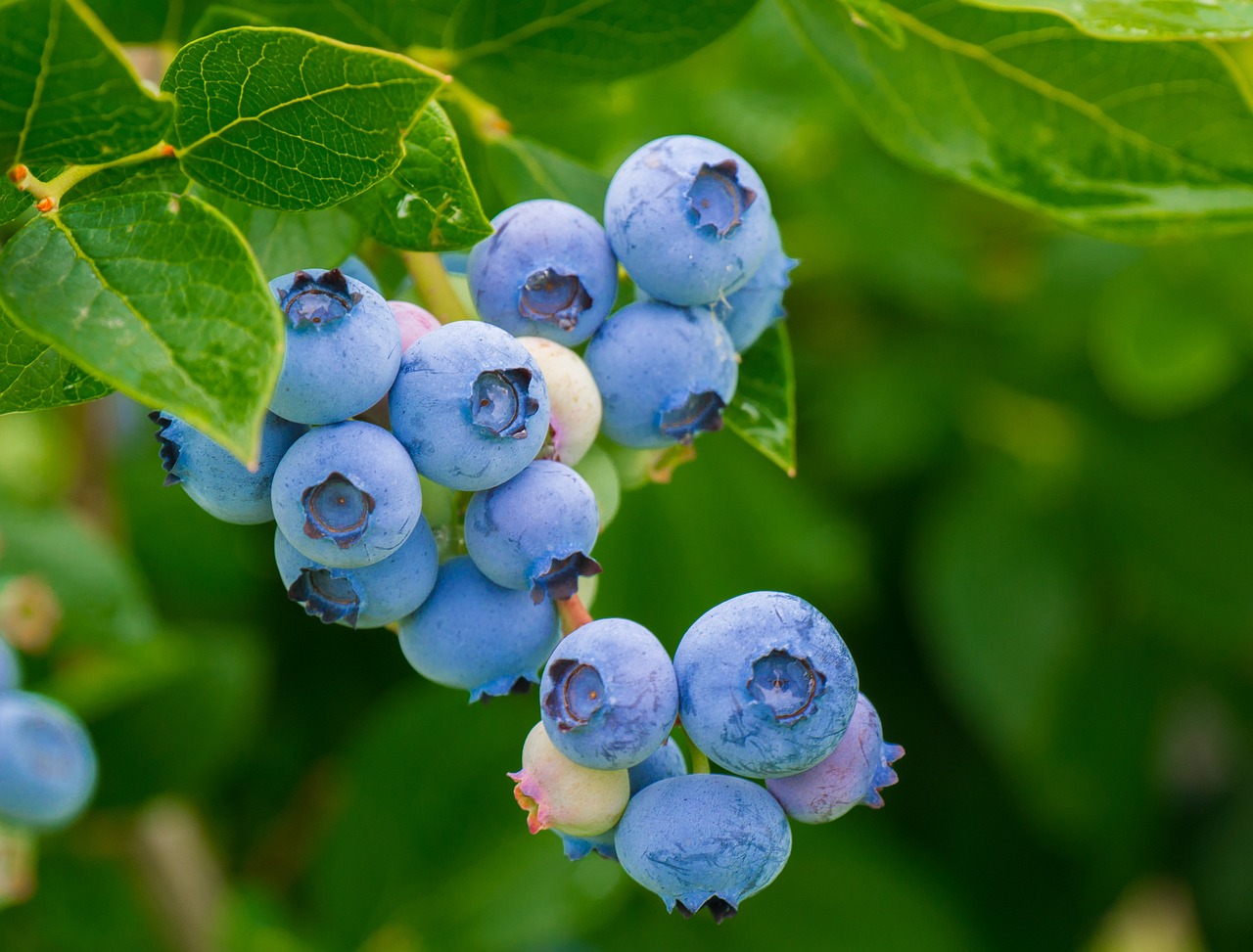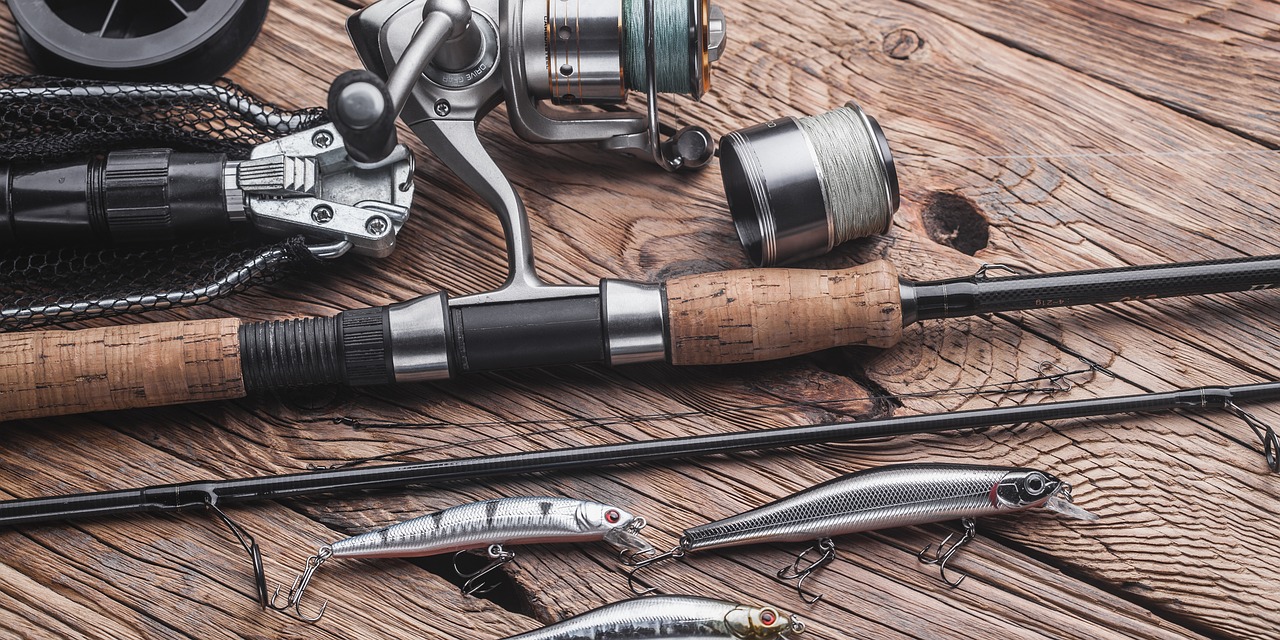Homesteads and a Sod House
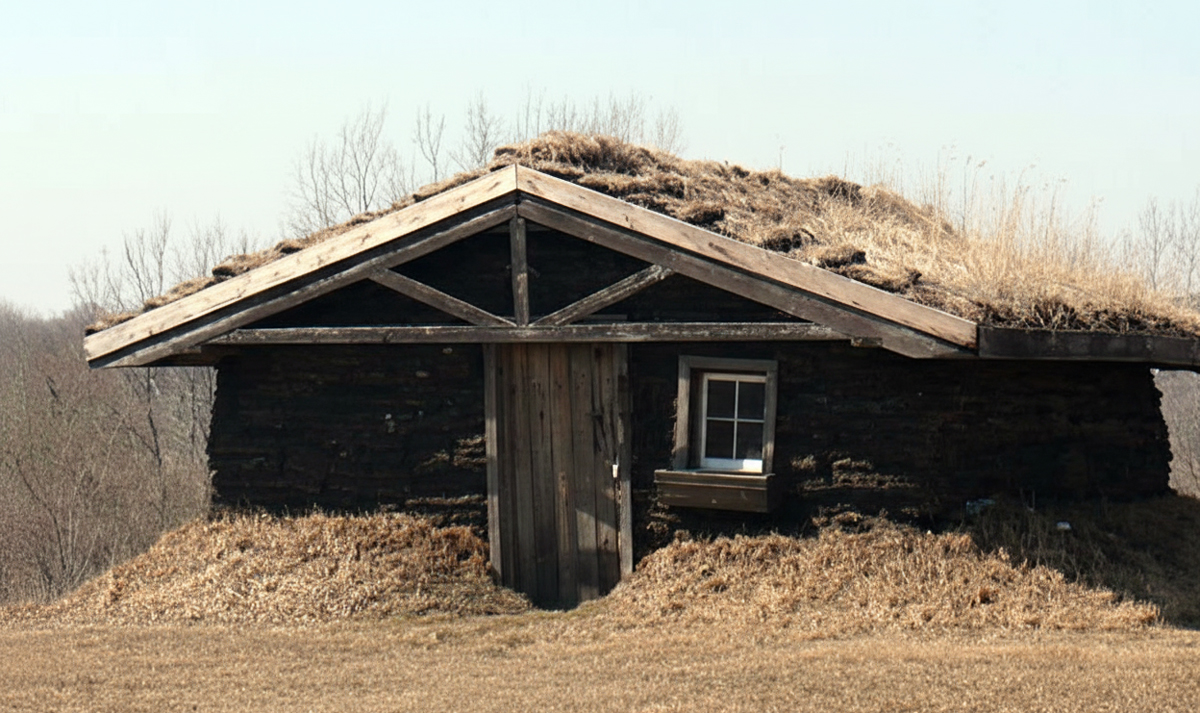
What Was it Like and How Was a Sod House Built?
Life on the prairie for early Nebraska settlers often included living in a sod house, commonly called a “soddie.”
Sod houses were used throughout the prairie states because trees were scarce unless you were close to a river. These imaginative settlers used the supplies at hand to build a tight home that would protect them in winter and summer. The earth and the rich prairie grass where the buffalo had recently roamed were plentiful so the pioneers made sod houses.
The first step was to clear the grass where the house would sit. This would help keep snakes, insects and mice out of the house. Help, but they still made it in.
Some cedar would be needed above and below windows. The prairie sod (the top layer of the ground which included the roots, the grass and the soil they grew in) was cut with a special plow called a cutting plow. This sharp plow was needed because the prairie sod had been undisturbed for centuries and was very thick and tight. They could only cut what they would use that day because the grass and roots held it together and it would dry quickly and crumble.
These sod bricks, known to many as “Nebraska Marble” would be cut to approximately 3 feet in length, 6 to 12 inches high and 2 to 3 feet thick. They were laid one on top of the other and staggered like bricks so they would be tighter.
The bricks were thicker at the bottom or the soddie would crumble. The walls were usually about 8 feet tall. The thickness of the walls of a sod house (about three feet) made them cool in the summer and easier to heat in the winter. The never-ending prairie wind, did not blow through a tight soddie.
I lived in a sod house on my parents’ cattle ranch until I was six. For me, living in a sod house was just home. It was the only home I had ever known. The place where Dad rocked me and made up stories to tell me. The place where Mom cooked for us and read stories to me. The house was never as important to me as the cattle ranch that surrounded it and my horse.
There was no electricity, running water or telephone. We used kerosene lamps for light and all work was done by hand. The water came from a pitcher pump or a nearby windmill. If you wanted to get a message to a neighbor, you rode horseback to tell them or, if you were lucky enough to have a car, you could drive. Town was 12 miles away and during the depression we drove with a team and wagon. That meant going to town and back took all day. Dad often couldn’t take a whole day off, so Mom and I would make the trip.
The window wells were deep and Mom filled them with house plants. One day, when I was about four, I found a bull snake crawling out from around the geraniums. Mice were a constant battle and insects seemed to breed in the walls. Still, a soddie was relatively cool in the summer. Ours was heated with a wood-burning cook stove and a pot-bellied stove in the living/dining room.
Trees were very special. They protected the cattle in the winter and gave shade in the summer. The early settlers were given double the land granted through the Homestead Act if they planted trees. This was called a tree claim.
“We didn’t cut them down for wood. Instead, we walked out with gunny sacks and picked up cow chips. Mom and Dad said when they first came to Arthur County, they found buffalo chips. Occasionally Dad would buy some coal and put a piece in at night so the fire didn’t go out overnight. It got pretty cold on a winter night so we took a warm flat iron to bed and put it by our feet to keep us warm.”
The earliest sod houses were sod (dirt) on the inside as well as the outside. Often the roofs were sod too and could be a lovely green in the spring when the rains and the sun came. This made the sod house very difficult to keep clean.
The house we lived in was plastered on the inside, but was still hard to keep clean. It was a small square sod house with two bedrooms and a living/dining room. A lean-to kitchen was built on. It contained a wood-burning stove. Wood was so scarce, however, that those living on the Nebraska prairie used cow chips for fuel both to cook and to heat the house.
These pioneers raised large gardens and canned most of their food. Kitchens became sweltering in the summer heat.
Most sod houses are gone now, but there are still a few in Arthur County, Nebraska including the one Mom lived in when she first went to the sand hills.
It was a way of life that is long gone never to return. Most people don’t miss it, but there was much family time because there was no TV and a peace that can’t be found in a city. Children were safe to roam unless they ran into a rattle snake. It was a day I love remembering, but I don’t think I’d want to live that way again. I wouldn’t get to play on my computer.
The Author:
Dr. Jeanne Hounshell is the author of historical romance novels, Becoming Bestemor and This Precious Love. Dr. Jeanne is also an Inspirational Speaker, Life and Health Coach, Seminar Presenter, Publisher and retired Doctor of Chiropractic. She lived in a sod house until she was six and tells of this experience in This Precious Love. drjeanne.net
Photo. Oydman
Source: EA

